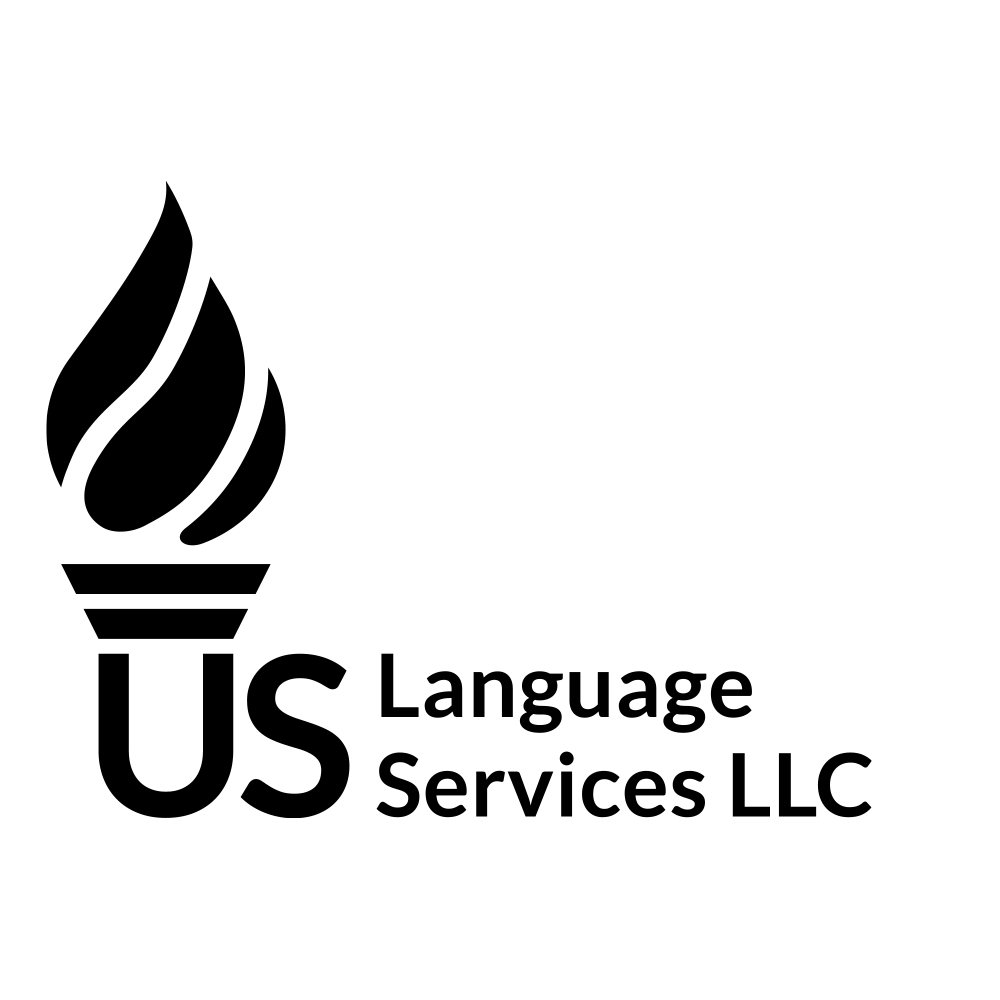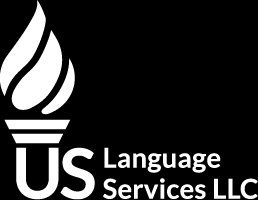What kinds of fees do bank accounts have?
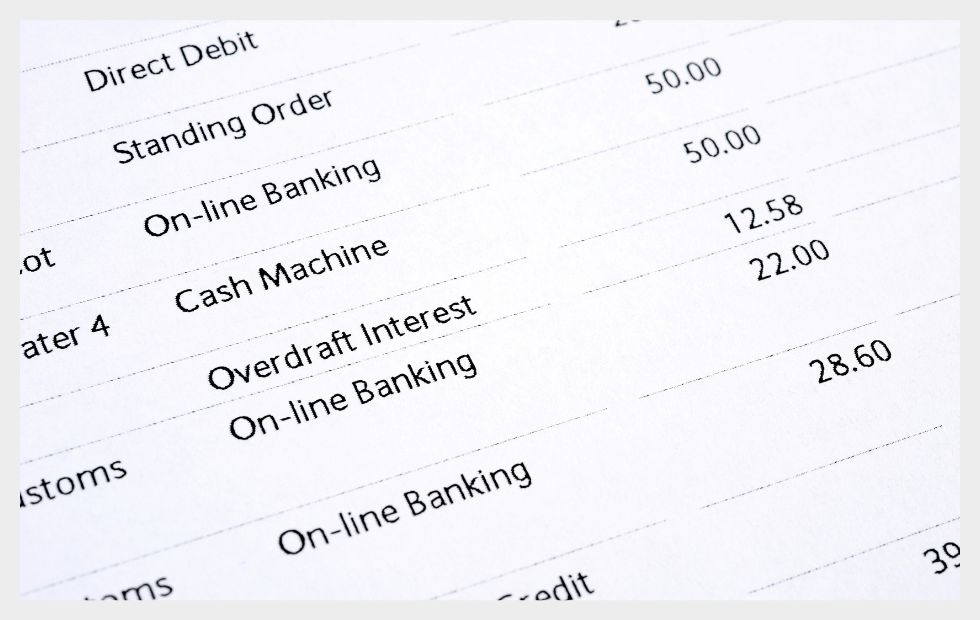
Checking your bank statement regularly can help you identify and avoid unnecessary banking fees.
Opening your first bank account in the United States can be exciting. With most banks and credit unions, it doesn’t take much time to open a savings or checking account. Yet, you might not have time to read over your account’s policies and fees.
After opening an account with a bank or credit union, many customers are surprised when they see charges and fees they didn’t expect. For example, you might log into your online banking account to see that you were charged a $10 maintenance fee or a $35 overdraft protection fee. While these fees might seem small, they can add up over time if you’re not watching them closely.
Luckily, there are ways to avoid account fees if you’re careful. When you open your checking or savings account, the best thing you can do is take time to read the policies and fees. If you’re having trouble understanding the policies and fees, you can also call the bank or visit in person and ask a bank representative to explain them to you. Plus, banks and credit unions always publish their policies and fees online, so you can look them up when you have more time.
To help you, we’re going to take an in-depth look at the common policies and fees associated with most banks and credit unions.
In this guide, we will answer the following questions:
- Why do financial institutions charge account fees?
- Do banks charge fees for savings accounts?
- How can I avoid savings account fees with banks?
- Do credit unions charge fees for savings accounts?
- How can I avoid savings account fees with credit unions?
- Do banks and credit unions charge fees for checking accounts?
- How can I avoid checking account fees with banks and credit unions?
- Can I ask the bank or credit union to waive a fee?
- What are some other banking fees to consider?
Why do financial institutions charge account fees?
Financial institutions charge fees for a few reasons. First off, these fees help cover the costs of providing financial services like account maintenance, transaction processing, customer support, and security measures.
Secondly, fees serve as a means of managing risks inherent in banking operations, such as the risk of fraud or customers being unable to pay back loans, fees, or other payments. By charging fees, banks can protect themselves from these risks and keep things running smoothly.

Banks charge account fees to cover operational costs, enhance security, and comply with financial regulations.
Lastly, banks have to follow specific rules and laws and fees help them cover these costs. In essence, fees allow financial institutions to hire employees, provide service to customers, and comply with government regulations.
Do banks charge fees for savings accounts?
Most major banks charge a monthly, statement cycle, or quarterly service fee. For this reason, it’s important to ask the bank representative about fees and policies when you’re opening your account.
Additionally, whether you decide to open an account online or in person, you can usually find information about account fees and policies on bank websites.
Each bank has different fees associated with their savings accounts. But as a general rule, major banks will charge anywhere from $3 to $15 service fee every month.
Some banks charge a fee for every “statement cycle,” which is usually 25-35 days. Or, you might see that a bank charges its fee every “quarter,” which is usually three months. The important thing is to ask your bank how much the fee is and how often it will be charged.
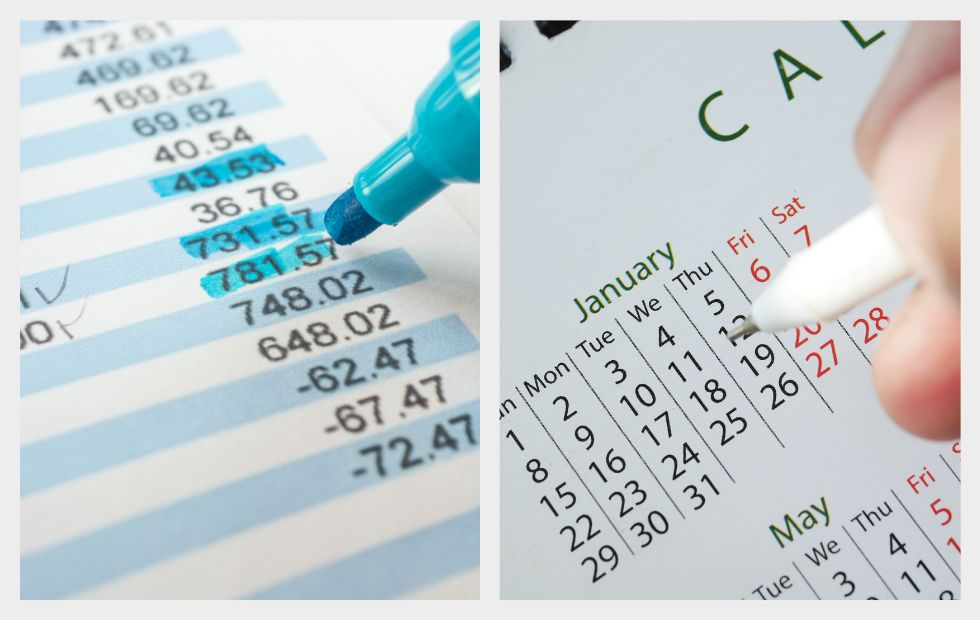
Tracking your account balance and fee schedule can help you avoid unexpected savings account charges.
How can I avoid savings account fees with banks?
There are multiple ways to avoid savings account fees.
-
Maintain a minimum balance.
The easiest way to avoid the maintenance fee on most savings accounts is to keep a minimum amount of money in your account at all times. For most major banks, the minimum daily balance that you should maintain is $300. Other banks require customers to maintain a monthly balance of $1000 instead of a daily balance, which allows your money to fluctuate up and down more on a daily basis.
-
Set up automatic transfers.
There are other ways to avoid fees if you don’t have $300 to open an account.
For example, banks will often waive monthly fees if customers set up automatic transfers into their savings account. Usually, these automatic transfers can be as low as $25 a month. Other banks may require account holders to deposit $1 each day, averaging to around $30 a month. These commitments allow customers to start an account with only $0-$25 and slowly build their savings.
Keep in mind that these automatic transfers usually are required to come from an account within the same bank. For instance, if you have a savings account at Wells Fargo and want to avoid the maintenance fee, you’ll need to set up an automatic transfer from a Wells Fargo checking account.
-
Link another account to your savings account.
Many banks will waive their maintenance fee if you link another account to your savings account.
The linked account could be a high-yield savings account, an IRA retirement account, or simply a checking account. Each bank has different rules, so be sure to ask which type of bank account you can link to your savings account to avoid fees.
-
Hold the account with a person below a specified age.
Banks want to encourage people to open accounts while they are young. This encourages saving from a young age and also builds loyalty to the bank. Because of this, many banks will waive fees for people who are below a certain age.
This is true of Wells Fargo, which does not charge savings account service fees to people who are 24 years old or younger. At Chase Bank, account holders who are 18 years old or younger are charged no fees.
Oftentimes, a bank will waive maintenance fees for anyone as long as they jointly hold the account with a young person. At U.S. Bank for example, a savings account will be charged no fees if it’s jointly held with a person who is 17 years old, or younger.

Keep a minimum balance, automate transfers, or open a joint account with a minor to avoid savings account fees.
Do credit unions charge fees for savings accounts?
Credit unions often charge a lower fee than banks because credit unions are nonprofit organizations.
Navy Federal Credit Union, for example, only charges a fee of $3 every quarter, which is about $12 a year.
Another great example of how credit unions charge lower monthly fees is Alliant Credit Union. Alliant charges no fees for savings accounts (unless you receive paper statements, which cost $1 a month).

Many credit unions have minimal or no fees, making them a cost-effective alternative for savings accounts.
Please note that while credit unions often have lower fees, they typically require membership in specific communities, may have fewer ATMs, and offer less advanced online banking.
How can I avoid savings account fees with credit unions?
Luckily, credit unions are usually more lenient than banks regarding fees. Because credit unions are not for-profit businesses, many of them have very low account fees or no fees at all.
-
Maintain a minimum balance.
Many credit unions will only require a minimum balance of $50 in your savings account.
-
Link another account to your savings account.
Credit unions will often waive the fee if you have an IRA, CD, active checking account, or another type of account.
-
Younger people may not pay fees.
Many credit unions will waive fees for account holders who are below a certain age. AT Navy Federal Credit Union, account holders below the age of 24 will pay no fees.
-
Opt for e-statements.
This may not be true for every credit union, but some credit unions will charge a small fee if you receive physical account statements in the mail. This fee is simply to cover their costs for postage, paper, and ink. However, you can often avoid this fee by opting for online statements, which can be viewed through email or by logging into your online banking account.

Maintain a minimum balance, use online banking, and stay informed about credit union policies to avoid savings account fees.
Note: Due to the fact that credit unions are often specific to a region or city, you should do your own research. Every credit union has its own fees and rules.
Do banks and credit unions charge fees for checking accounts?
A checking account is designed to allow account holders to deposit money and make withdrawals on a day-to-day basis. To access your money, checking accounts come with tools such as debit cards, checks, and online banking.
However, due to the fact that these accounts require more oversight, banks sometimes charge higher fees. Let’s take a closer look at the fees that might come along with checking accounts.
Checking accounts require more work than savings accounts. Thus, credit unions need to charge fees to cover the costs even though they are not for-profit businesses.
-
Minimum balance or maintenance fees
Checking accounts usually charge a monthly service of between $10 and $15 a month or statement cycle. These fees are usually only charged if your account balance is below a specified number. The minimum balance for most major banks is typically between $500 and $1500.
-
Overdraft fees
You could also incur overdraft fees if you attempt to make a purchase that requires more money than what’s available in your checking account. In this case, the bank will cover the difference between your available funds and the money required to complete the transaction.
For most major banks, overdraft fees are between $10 and $35 per item.
-
Insufficient funds fee
Insufficient funds fees are sometimes called returned item fees or non-sufficient funds fees. These fees occur when a transaction with your debit card or a personal check is declined because you don’t have enough money in your checking account.
These fees are becoming less common among banks. However, they may range from $10 to $35 per transaction.
-
Stop Payment fee
Stop payment fees occur when you request your bank to stop the payment on a check or electronic payment that you’ve initiated.
This service can be used when you’ve initiated an electronic payment or written a check but then realize you need to cancel it before it’s processed by the recipient’s bank. This prevents the check from being cashed, or the electronic payment from going through.
Major banks may charge for this service, and the fee can range from around $20 to $35 or more, depending on the bank.
-
Early account closure fee
Some banks will charge a fee if you close your account shortly after opening it. The minimum period of time you need to keep your account open can vary. However, the time frame is generally between 90 and 180 days.
In order to close your account, you must be sure that your account is not overdrawn and that you don’t owe the bank any money in maintenance fees. Otherwise, the bank will not allow you to close the account.
For most banks, the fee to close an account early is $25.
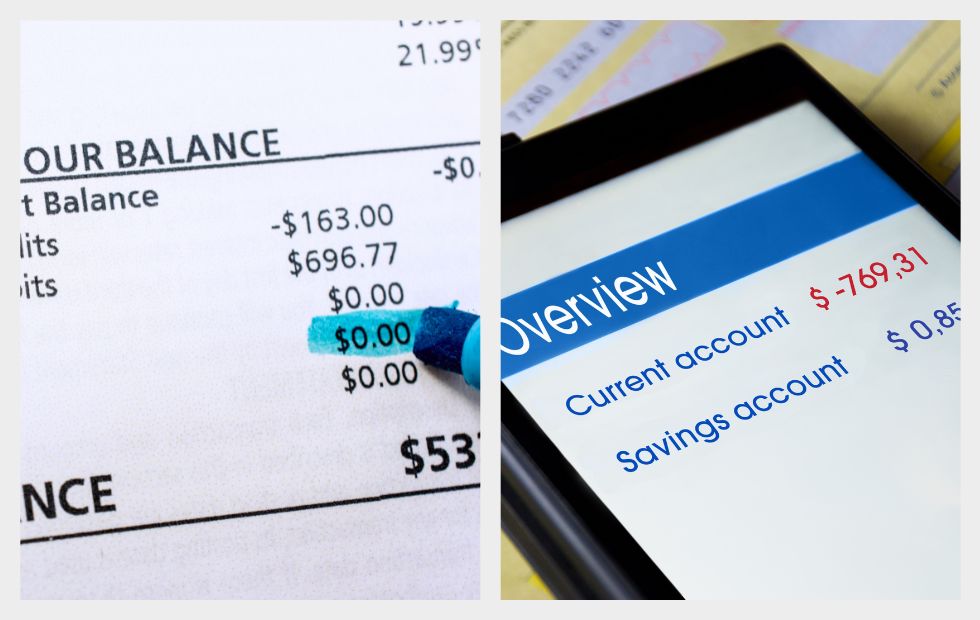
Checking account fees, including overdrafts and maintenance charges, can add up – monitor your balance to avoid surprises
How can I avoid checking account fees with banks and credit unions?
Most checking account fees can be avoided if customers are careful with their money and plan ahead. Let’s discuss ways to avoid checking account fees.
-
Maintain a minimum balance.
The easiest way to avoid the maintenance fee on most checking accounts is to keep a minimum amount of money in your account at all times. For most major banks, the minimum daily balance that you should maintain is between $500 and $1000.
If possible, try to think of the minimum account balance as money you can’t spend. If your bank requires a minimum balance of $500 to avoid maintenance fees and you have $600, you can only spend $100.
Maintaining your minimum balance will also help you avoid insufficient funds fees and overdraft fees.
-
Set up online banking alerts
Most banks have well-developed online banking software. This will allow you to log in to your online banking account and set up alerts. You can select a minimum dollar threshold so that if your account drops below that number, you will receive a text message and email to remind you.
For example, if you want to maintain $500 in your checking account at all times, you can set up your online banking app to text you when your account drops below $550.
-
Turn off overdraft protection
Overdraft protection is a feature that customers can choose not to utilize. Typically, you can turn off overdraft protection using your online banking app or by calling the bank and asking a representative for help.
If you turn off overdraft protection and attempt to spend more money than what’s available in your account, the transaction will simply be declined.
For example, imagine you attempt to spend $80 while your checking account only has $70 in it. The merchant will receive a notification that your payment was not approved, and you will not be permitted to make the purchase. While this may be embarrassing, it will ensure that you aren’t charged an overdraft fee.
-
Be attentive to your bank account
In the end, the best way to make sure you aren’t charged fees, is to pay close attention to your account. By using your cellphone or laptop, you can regularly log in to your online banking account to check how much money you have in there. Before making any large purchases, take a quick look at your account and make sure you have sufficient money.

Monitor your balance online, track your expenses, and stay informed about your bank’s policies to avoid checking account fees.
Can I ask the bank or credit union to waive a fee?
Maybe. Most banks are willing to waive fees if it’s your first time making a mistake.
For example, if it’s your first time overdrafting your account, or if it’s your first time letting your account balance dip below the required minimum, the bank might waive the fee.
The best thing you can do in this scenario is to call the bank on the phone or visit the bank in person. Tell the bank representative that you made a mistake and ask them if they’re willing to waive the fee.
There is no reason not to call the bank and ask them to waive the fee.

Many banks and credit unions are willing to waive fees for first-time mistakes
What are some other banking fees to consider?
Now that we’ve gone over the most common costs associated with bank accounts, let’s look at some other fees you might encounter in specific circumstances.
What is an out-of-network ATM fee?
With most major banks, you will pay between $2 to $3 to use an ATM that is not hosted by your bank. This means that if you have a checking account with Wells Fargo and you use a Citibank ATM, Wells Fargo will charge you $2.50.
Keep in mind that an out-of-network ATM fee is not only charged for withdrawing money. If you use an out-of-network ATM to make a balance inquiry, transfer funds, or withdraw money, you could be charged a fee.
What is a cashier’s check fee?
A cashier’s check is different from a personal check. At the account holder’s request, the bank writes out the check to a specific recipient, and the money is drawn from the bank’s account rather than the account holder’s. Cashier’s checks can be used for major purchases such as cars or houses and are considered to be more secure than personal checks.
The price for a cashier’s check from most major banks is about $10.
What is a money order fee?
A money order is different from a personal check. In this case, the account holder prepays the amount of the money order. Money orders typically have a maximum limit of around $1000 and are considered more secure than personal checks.
The price for a cashier’s check from most major banks is between $5 and $10.
What is an international transaction fee?
These are also called foreign transaction fees and can apply to both credit and debit cards.
International transaction fees are imposed when a debit or credit card purchase is made in a foreign currency. This can happen if you’re traveling and make a purchase or use an ATM in another country. International transaction fees can also happen if you’re in the United States and make an online purchase from a foreign merchant.
This fee typically ranges from 1% to 3% of the transaction amount and is added to the total cost of the purchase. So, if you purchased a $12 meal in Mexico and your bank charged a 3% foreign transaction fee, you would incur a fee of $0.36, bringing your meal total to $12.36.
Luckily, you can usually find credit cards and credit cards that are designed specifically for traveling. If you expect that you will regularly make purchases in another country, you can sign up for a card with no foreign transaction fees.
What is a wire transfer fee?
A wire transfer fee is a charge imposed by banks and credit unions for the service of electronically transferring funds from one account to another. When you request a wire transfer, the bank may deduct a fee from the amount being transferred as compensation for processing the transaction.
These fees can vary depending on the bank, the type of wire transfer (domestic or international), and whether the wire transfer is made online or in person. Plus, you may be charged for both receiving a wire transfer, and sending one.
Typically, the price of a wire transfer is between $15 and $40.
What is an inactivity fee?
An inactivity fee for a checking account is imposed by the bank if there’s little or no activity on the account over a certain period of time. This fee is typically charged if there are no deposits, withdrawals, or transfers within a specified time frame. This time frame usually ranges from several months to a year. The purpose of the inactivity fee is to encourage account holders to actively use their accounts and to cover administrative costs associated with maintaining inactive accounts.
For example, Alliant Credit Union charges a $10 fee on savings accounts if there’s no activity within 365 days and the account has deposits of $200 or less. Likewise, Citizens Bank charges a $5 dormant account fee for accounts with balances of $5,000 or less that don’t receive any deposits or withdrawals for 365 consecutive days.
How do overdraft fees work?
Overdraft fees are one of the most common ways to accidentally incur a large fee by your bank or credit union. This can happen without the account holder knowing. That’s why it’s important to understand the details of your bank or credit union’s overdraft policies.
An overdraft fee is charged by a bank or credit union when a customer spends more money than what’s available in their checking account. In response to insufficient funds, the bank pays for the remaining difference.
For example, if your checking account balance is $400, and you attempt to purchase a television for $450, your bank may lend you the extra $50 to cover the cost.
With many banks, the extra fee for covering an overdraft is between $10 and $35 per item. Basically, the bank is lending you the extra money and charging you a fee for the service.
Most banks and credit unions limit how many times per day they will implement overdraft protection. Chase Bank, for example, will only provide overdraft protection three times per day. Similarly, most banks and credit unions limit how much money they cover per day. Again, Chase Bank will only provide overdraft protection for an upward limit of $102 daily.
Overdraft protection is a service you can choose not to use. You can deactivate it through your online banking or by calling your bank. If you deactivate overdraft protection and try to spend more than you have, your transaction will simply be declined.
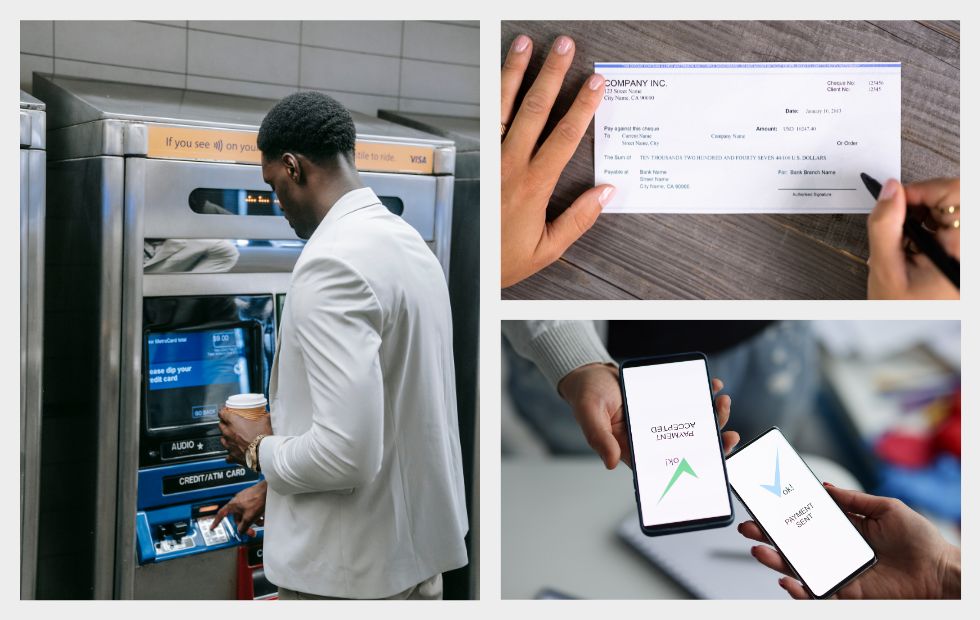
Banks may charge fees for ATM withdrawals, check processing, and wire transfers—understanding these costs can help you save money.
Conclusion
Staying informed about your bank account’s fees and policies is one of the most important steps you can take when managing your finances. Even though a bank’s policies and fees can take time to learn about, it will save you headaches in the future.
By maintaining your bank’s minimum balance, watching your account closely, and regularly logging into your online banking account, you can avoid unnecessary fees.
Yet, before you can deposit money into your bank account, you’ll need to earn money. For many Americans, the easiest way to start saving money is by finding gainful employment.
After you find a job, you’ll most likely receive your money through a paycheck. Whether they come in paper or electronic form, paychecks have multiple components that can be confusing.
Our next discussion will look closely at the different components of your paycheck. When reviewing your paycheck you might not understand net income, gross pay, tax deductions, and social security. But, after reviewing the information closely the different parts of your paycheck will make more sense.
U.S. Language Services is not a law firm; its content should not be taken as legal advice. For specific legal concerns, please consult a licensed attorney. Similarly, financial information on our site is for informational purposes only, not financial advice. Consult a certified financial advisor or tax professional for advice tailored to your situation.
By accessing U.S. Language Services, you acknowledge that it does not provide legal or financial advice. You agree not to rely on its content as such. U.S. Language Services and its contributors bear no liability for any inaccuracies, losses, or damages resulting from the use of information on our site.
Guaranteed Acceptance
All our certified to English translations are accepted by the USCIS. Our translations follow the guidelines established by the USCIS and are also accepted by educational institutions.
Most Requested Documents
FAQs
You can order most translations 24 hours a day, 7 days a week through our online store. For large projects (more than 20,000 words or 50 pages), please request a quote.

